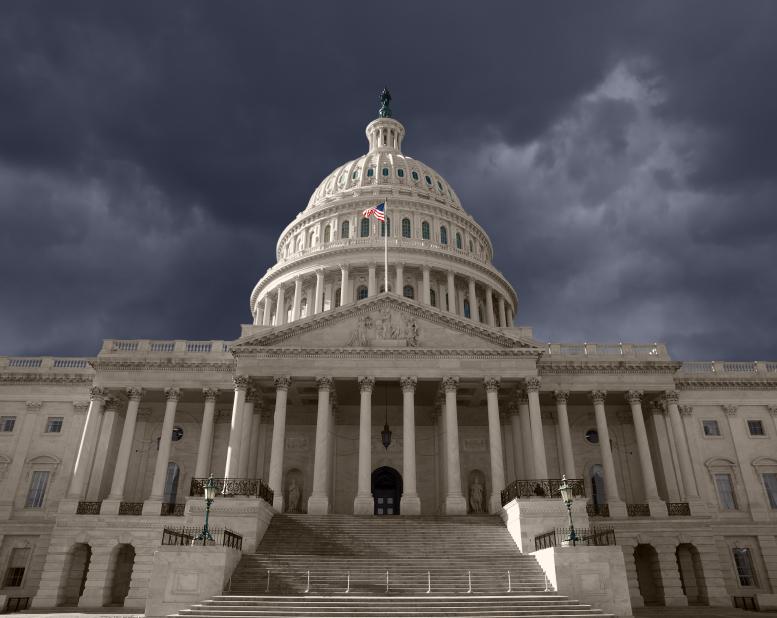The 2018-2019 partial government shutdown has been ongoing since December 22, 2018. This became the longest government shutdown in the history of the United States on January 12, surpassing the Clinton-era shutdown of 21 days.
Government shutdowns occur when the federal budget is not approved by Congress and the President. As of the time of publication, a budget has yet to be approved due to the issue over funding for the construction of a wall between the United States and Mexico—a project which President Trump promoted throughout his presidential campaign.
The current shutdown has resulted in the total or partial closing of the Departments of Agriculture, Commerce, Homeland Security, Housing and Urban Development, the Interior, Justice, State, Transportation, and the Treasury. It also closed the Environmental Protection Agency, the Food and Drug Administration, the Bureau of Indian Affairs, the Securities and Exchange Commission, the National Park Service, the Alcohol and Tobacco Tax and Trade Bureau, and NASA , among others.
About 800,000 government employees have been either furloughed—sent home until the end of the shutdown—or forced to work without pay with their paychecks deferred until after the shutdown. These federal workers have missed two paychecks as of January 25.
A number of essential workers who were asked to work without pay have chosen to use sick days in order to stay home or have outright resigned from their positions. This has led to an issue of understaffing in federal agencies, most notably the closing of terminals and longer lines at airports.
The National Science Foundation has ceased to issue grants, the Federal Emergency Management Agency (FEMA) ordered all contractors to halt operations until funding is secured, thus suspending disaster relief, funding for Section 8 housing assistance vouchers has lapsed at the Department of Housing and Urban Development, and Federal district courts have postponed civil cases.
The unpaid labor of federal employees has somewhat cushioned the impact of the shutdown for citizens. Workers at the Internal Revenue Service (IRS) were called back in to issue tax returns for Americans. Some national parks remain open to the public, though other national landmarks such as the Smithsonian have been closed. Employees at the Federal Aviation Administration as well as food safety inspectors were called back in to continue safety inspections.
In a December 25 interview, President Trump stated “I think they [federal employees] understand what’s happening. They want border security…. These federal workers want the wall. The only one that doesn’t want the wall are the Democrats.”
However, a Government Business Council poll of 1,435 government employees varying in demographics found that 71% of workers surveyed opposed the wall while only 22% supported it. The same poll found that 48% of employees felt “very confident” or “extremely confident” that they would receive compensation after the shutdown ends while 13% were “not confident.” Sophomore Biomedical Engineering major, Zane Nogueras, said that, “the shutdown is hurting all these federal workers for a stupid wall. No matter what side you are on, a wall is not worth nearly a million people not getting paid for over a month now.”
On January 25, the 35thday of the shutdown, Trump announced a deal without funding for his wall that would keep the federal government open until February 15.
Photo by James Palinsad





























